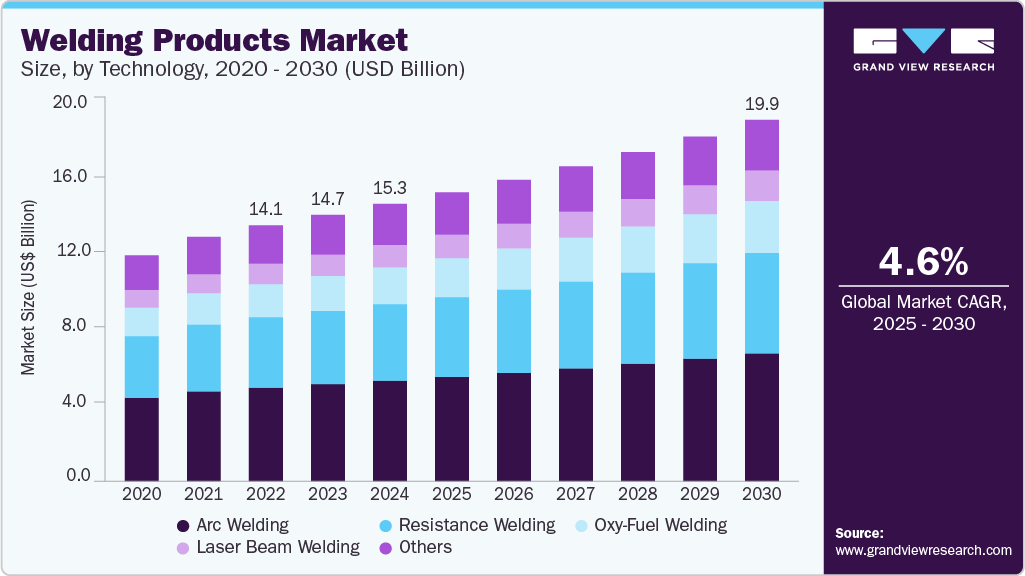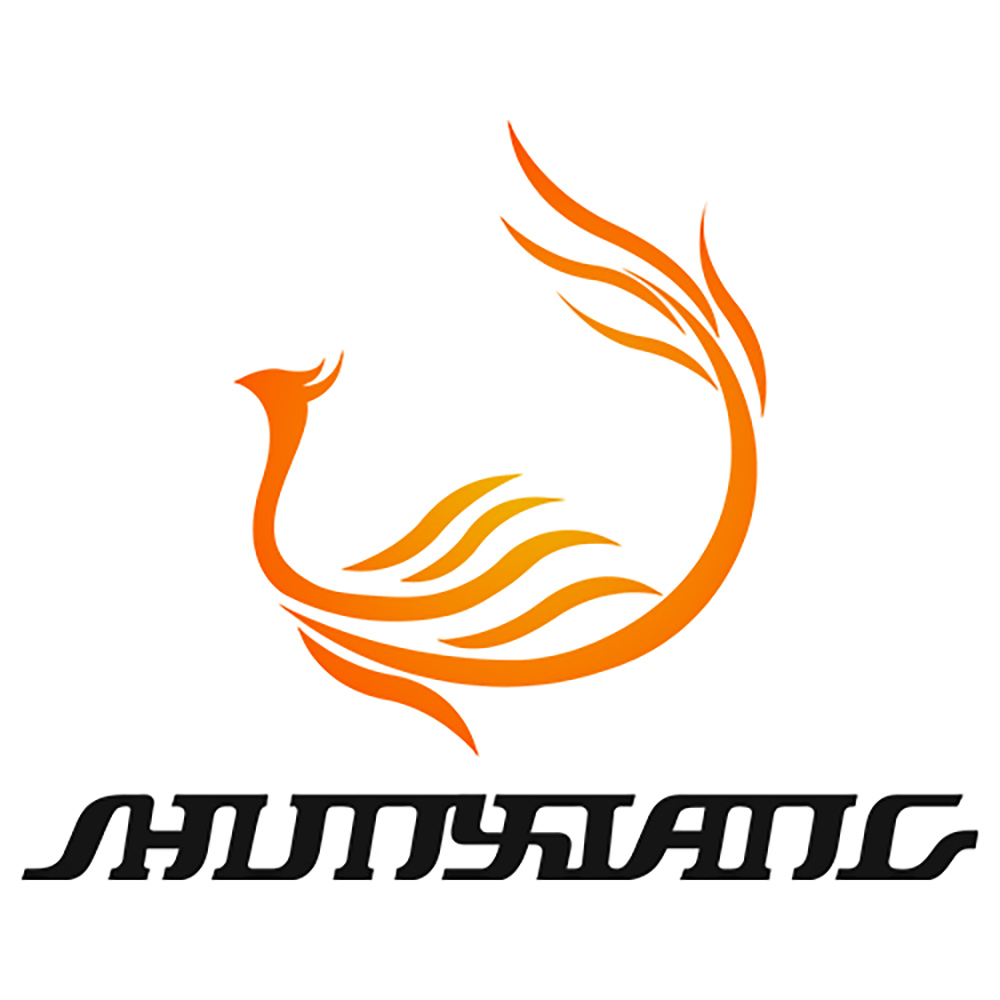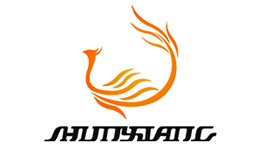Welding Industry Trends & Safety Standards 2024-2025: Insights for Welding PPE Manufacturers and Distributors
As a global welding safety products manufacturer, we track every major shift in welding technology, regulations, and market demand—because they shape the way welders work and the protection they require. Over the past six months, the welding industry has seen critical policy updates, steady mergers & acquisitions, and significant advancements in laser and robotic welding technologies. These developments carry important implications for welding PPE design, standards compliance, and distribution strategies.
1. Key Policy & Regulatory Updates (2024-2025)
SBA Final Rule – Small Business Recertification
Effective January 16, 2025, the U.S. Small Business Administration (SBA) now requires small businesses involved in mergers or acquisitions to recertify their small-business status within 30 days of a controlling interest change.
-
Impact on Welding PPE Suppliers: Companies supplying protective clothing to U.S. federal projects must re-confirm eligibility faster, which could impact contract continuity.
-
Opportunity: Smaller firms with specialty PPE expertise could leverage this rule to win set-aside government contracts.
HSR Filing Rule Updates
Starting February 10, 2025, Hart-Scott-Rodino (HSR) filing requirements will extend review timelines for mergers and acquisitions.
-
Impact: Slower deal closures may delay supply chain integrations in welding equipment and PPE sectors, but also open windows for agile partnerships.
2. Technology Breakthroughs Shaping Welding Safety
Laser Welding Expansion
-
Trend: Fiber-laser welding is now moving into mass automotive and aerospace production lines.
-
PPE Impact: Requires EN ISO 11611 Class 2 compliant garments with higher radiant heat resistance and reduced glare risk.
Robotic & AI-Assisted Welding
-
Trend: Robotic MIG/TIG systems with AI-guided weld path corrections are reducing defects and improving speed.
-
PPE Impact: Operators need lightweight, flame-resistant clothing that supports mobility in fast-paced automated environments.
Case Example:
In 2024, we partnered with a European EV battery manufacturer adopting robotic MIG welding. We redesigned their welding jackets using FR cotton with leather reinforcements to improve heat resistance while keeping flexibility for high-frequency workstation changes.
Global Welding Market Data (2025 Outlook)
| Segment | 2024 Value (US$) | CAGR (2024–2030) | Projected 2030 Value |
|---|---|---|---|
| Welding Equipment | 19.7 B | ~5.0% | 27.8 B |
| Welding Products (Consumables) | 15.3 B | ~4.6% | 19.9 B |
| Arc Welding Equipment | 4.77 B | ~5.3% (to 2034) | 7.99 B |
Regional Share:
-
Asia-Pacific: 36% (fastest growth ~6% CAGR)
-
Europe: 25% (~5% CAGR)
4. Implications for Welding PPE Manufacturers & Distributors
Opportunities
-
Specialization in niche PPE for laser welding, EV assembly, aerospace, and high-precision fabrication.
-
Leveraging SBA rule to participate in small-business set-aside projects for welding PPE supply.
Challenges
-
Higher R&D costs to match fast-evolving welding technology hazards.
-
Regulatory complexity in M&A transactions could slow cross-border supply agreements.
5. Welding Safety Standards to Watch
-
EN ISO 11611: Protective clothing for welding and allied processes.
-
EN 12477: Gloves for welding (Type A & B classifications).
-
ISO 11612: Clothing to protect against heat and flame.
-
ANSI Z87.1: Eye and face protection standards in the U.S.
6. How We’re Preparing for the Next Industry Shift
At our factory, we integrate real-time feedback from welders with international safety standards to ensure every welding jacket, glove, apron, and blanket meets evolving needs. Our R&D team is already prototyping laser welding-specific PPE and developing integrated wearable technology for automated welding lines.
Internal Links for Customers:
If your welding operations are upgrading to laser or robotic systems, we can help you select or design PPE that keeps pace with your process and protects your workforce.


